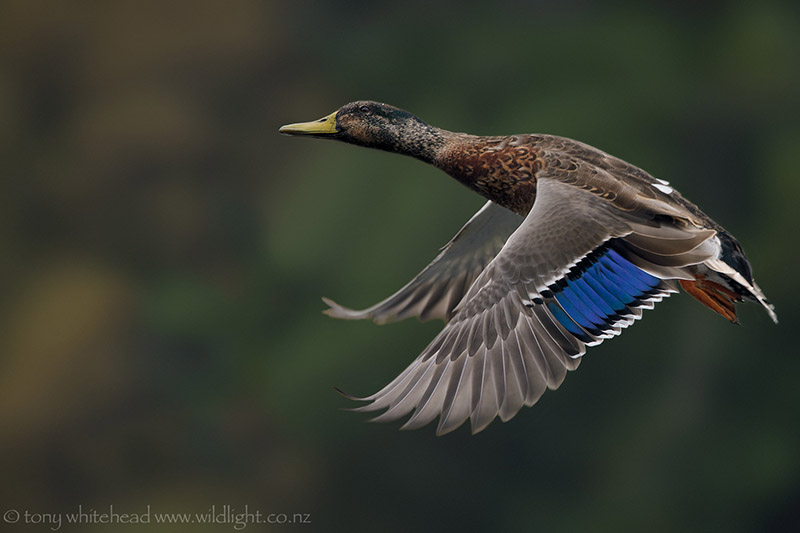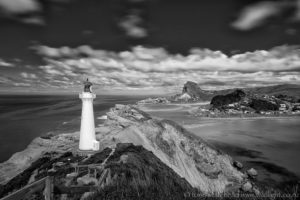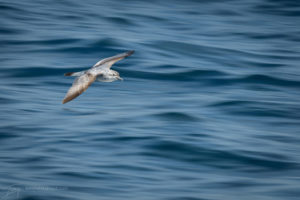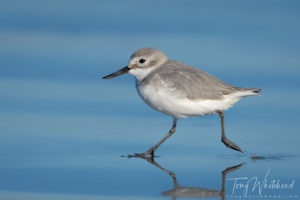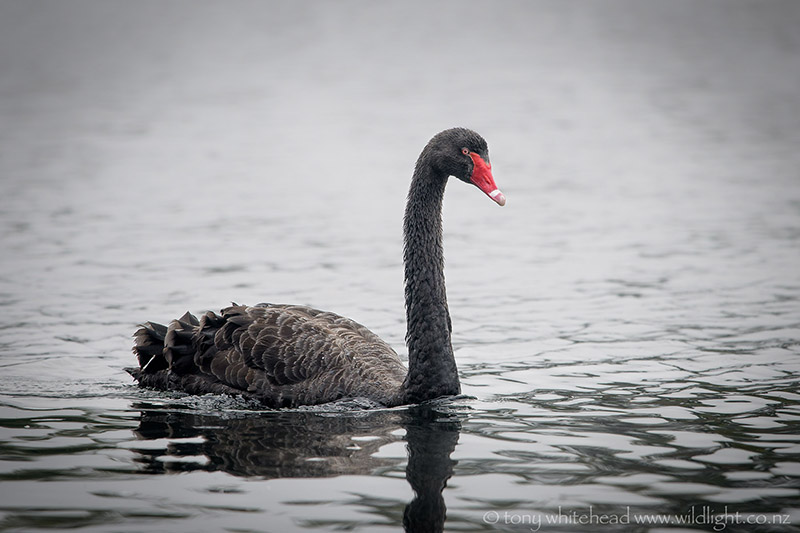
Our antipodean swans are black. I remember the first time I saw a Black Swan and how exotic it looked compared the the pictures of white Mute Swans of childhood stories based on a European heritage. A sole Black Swan in a muddy puddle at the Austin Roberts Bird Sanctuary in the 1980s is my first memory of an Australasian Black Swan and I would often stop when passing during my brief time living in Pretoria while doing National Service. Since moving to New Zealand, Black Swans have become the new normal and white swans now stand out and look exotic.
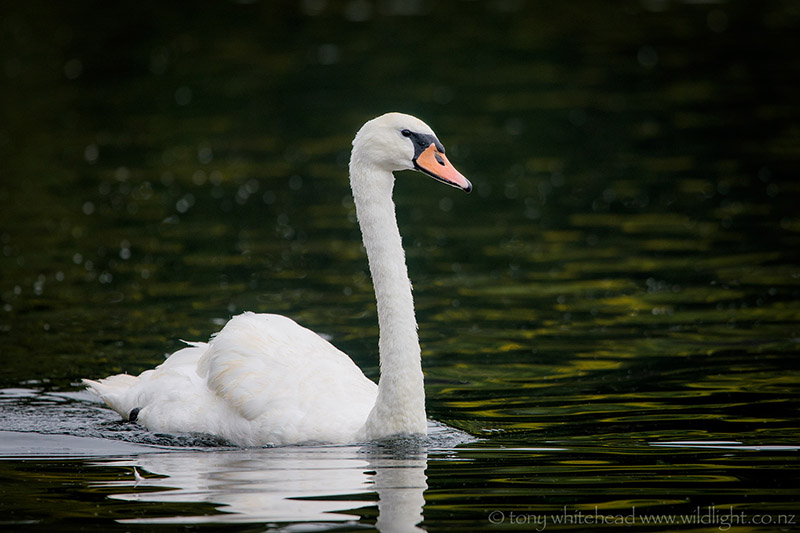
Mute Swans were introduced to New Zealand in the 19th century as an ornamental species and a small wild and some semi-feral populations persist. Fortunately they have not become invasive and it is always a treat to see one. The best places to see them in the wild are Hawkes Bay and Canterbury but to date I had only seen them on two occasions on a pond on the road from Hastings to Ocean Beach. For more information on Mute Swans in New Zealand see the NZBirdsOnline page.
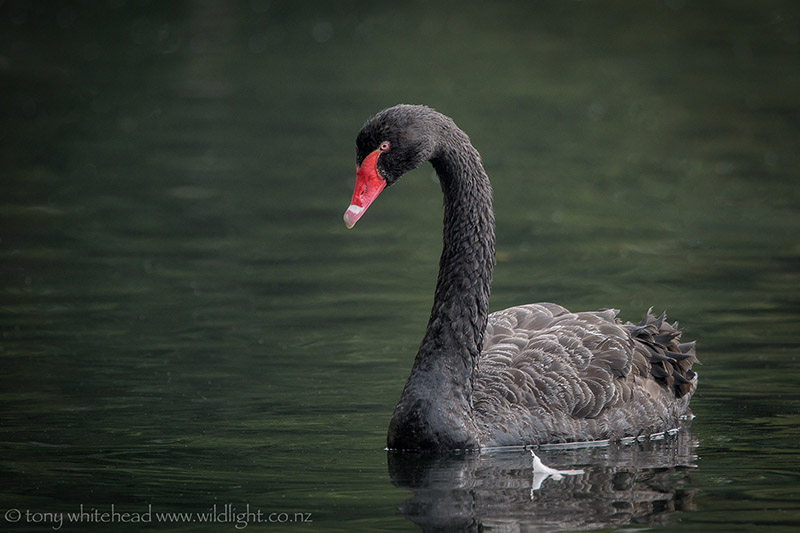
Interestingly, the current Black Swan population in New Zealand is also introduced. While they are native birds and were present in New Zealand and the Chatham Islands when humans first arrived, they were wiped out along with the Moas so that when European settlers arrived there were none left. In the 1860s they were reintroduced from Melbourne. The rapid spread and abundance suggests possible natural recolonisation may have also been a contributor to our current population. NZ Birds Online has more information on the Black Swan and uses one of my photos from Lake Okareka as the featured image of the species.
The most reliable to place to see and photograph Mute Swans is probably Virginia Lake in Whanganui and I enjoyed spending some time there during our recent North Island road trip. There is a large population of ducks which regularly fly from one group of visitors offering food to the next so there is plenty of opportunity to practice flight shots against dark foliage backgrounds. This again demonstrated what a great camera the Nikon D500 is for birds in flight. Together with the light and incredibly sharp Nikon 300mm f4 PF lens this is an ideal combination for a big range of bird photography situations.
